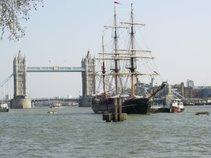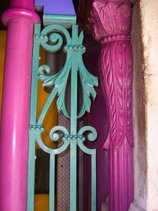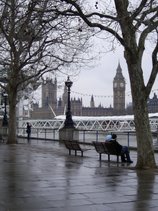The Viaduct designed by the City of London Surveyor William Heywood was built between 1863 and 1869 and was opened by Queen Victoria in 1896.
It was built to improve access from the city of London to the west. Before its construction horse drawn vehicles travelling west from the City had to climb the steep-sided Holborn Hill.
In the 1860’s they didn’t just build bridges, it was a statement - Holborn Viaduct epitomises the grandeur of the age, the British Empire was at its zenith, Victoria was the Queen Empress ruling over Canada, Australia, New Zealand, most of Africa, and the Jewel of the Empire the Indian sub-continent.
Constructed from cast iron beams resting on granite columns the details incorporated is magnificent, as you can see from the slide show (if it doesn’t start automatically click the “start tab”).
Tomorrow in Memorial Day blog, I will describe and show the sculptures adorning the viaduct.
In the mean time click hear to enter the YesBut Image caption competition.
















No comments:
Post a Comment